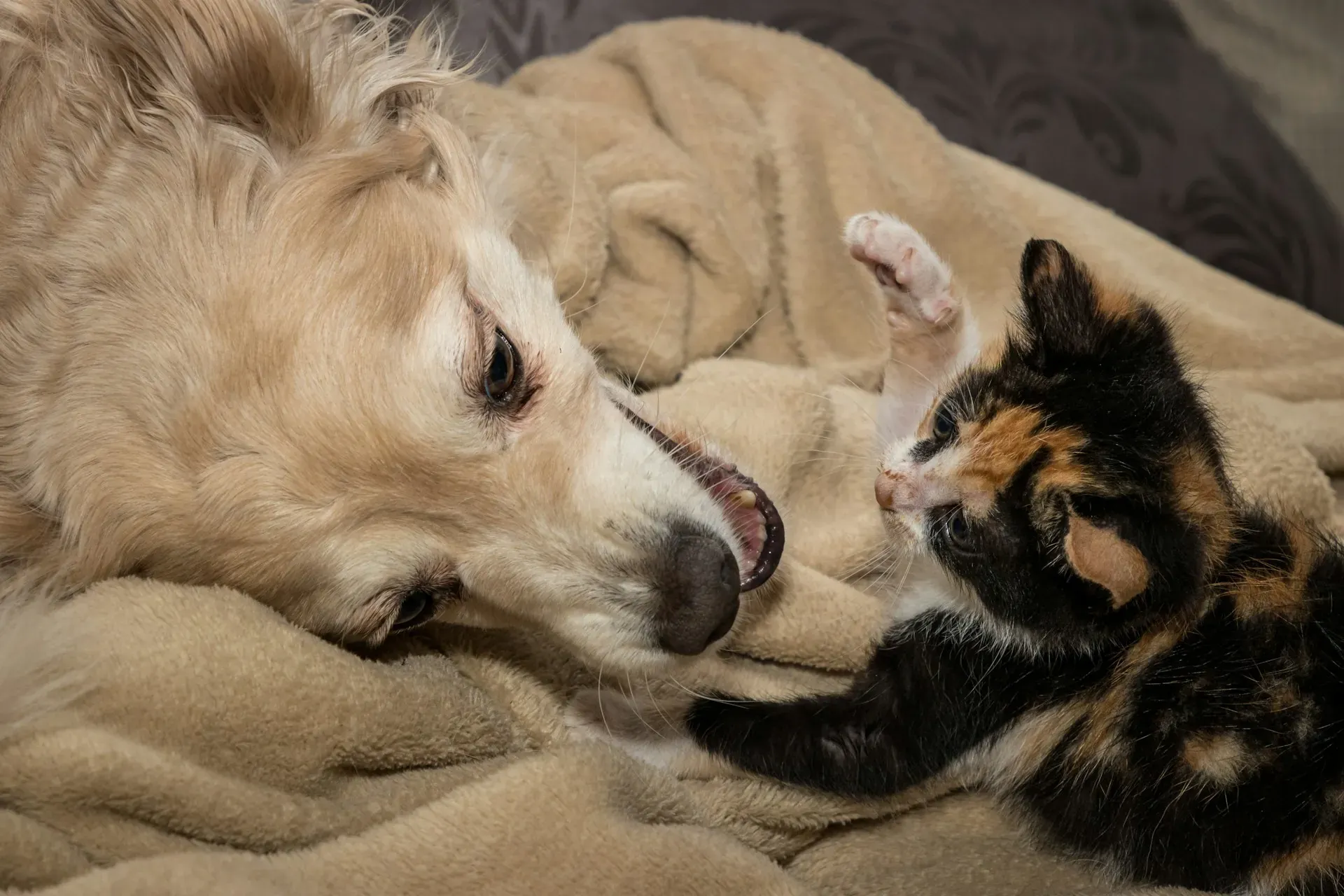Published: July 04, 2024
Last Updated: March 20, 2025
Toxic plants for dogs
Sago Palm
The Sago Palm is a popular ornamental plant, but it's highly toxic to dogs. All parts of the plant, especially the seeds, contain cycasin, a toxin that can cause severe liver damage. Symptoms of poisoning include vomiting, diarrhoea, seizures, and even liver failure. Immediate veterinary care is essential if ingestion is suspected.
Aloe Vera
While Aloe Vera is known for its healing properties for humans, it's not safe for dogs. Ingesting Aloe Vera can cause vomiting, diarrhoea, lethargy, and tremors in dogs due to the saponins and anthraquinones it contains.
Dangerous plants for cats
Lilies
Lilies are beautiful but extremely toxic to cats. Even a small amount of pollen or water from a vase containing lilies can cause kidney failure. Symptoms of lily poisoning include vomiting, lethargy, and loss of appetite. Immediate veterinary attention is critical.
Dieffenbachia
Also known as Dumb Cane, Dieffenbachia contains calcium oxalate crystals, which can cause severe irritation in cat’s mouths, drooling, difficulty swallowing, and vomiting if ingested by cats. It’s best to keep this plant out of homes with cats.
Harmful plants for rabbits
Ivy
Many types of ivy, including English Ivy, are toxic to rabbits. Ingesting ivy can lead to drooling, vomiting, diarrhoea, and abdominal pain. Rabbits are particularly sensitive to toxins, so it's important to ensure they don't have access to ivy plants.
Azaleas
Azaleas contain grayanotoxins, which can cause severe gastrointestinal issues, weakness, and cardiac failure in rabbits. Symptoms include drooling, vomiting, diarrhoea, and abnormal heart rhythms.
Dangerous plants for indoor birds
Philodendron
Philodendrons are popular house plants but are toxic to birds. They contain calcium oxalate crystals, which can cause oral irritation, difficulty swallowing, and gastrointestinal upset in birds. Keep these plants out of reach of your feathered friends.
Amaryllis
Amaryllis plants contain lycorine, a toxin that can cause vomiting, diarrhoea, and abdominal pain in birds. Severe cases may lead to tremors and changes in blood pressure. Avoid placing these plants in areas accessible to birds.
Hazardous plants for hamsters
Daffodils
Daffodils contain lycorine and other alkaloids, making them toxic to hamsters. Symptoms of poisoning include drooling, vomiting, abdominal pain, and seizures. Keep daffodils well away from hamster enclosures.
Poinsettias
Although Poinsettias are often considered mildly toxic, they can still cause irritation in hamsters. The sap can cause mouth and stomach irritation, leading to drooling and vomiting. It’s best to err on the side of caution and keep Poinsettias out of reach.
Do your research before buying or growing plants at home
As much as we love to adorn our homes with beautiful plants, it’s essential to consider the safety of our pets. Many common house plants can be toxic to dogs, cats, rabbits, indoor birds, and hamsters, leading to serious health issues or even death.
By being aware of these dangerous plants and opting for pet-safe alternatives, you can create a harmonious and safe environment for both your plants and your beloved pets.
However, it’s not always in your control what your pet may come into contact with, which is why pet insurance is so important to have at all times. Protect your pet with pet insurance – browse our offering to find the best deal for you.
If you suspect your pet has ingested a toxic plant, seek veterinary assistance immediately.
Was this article helpful?
